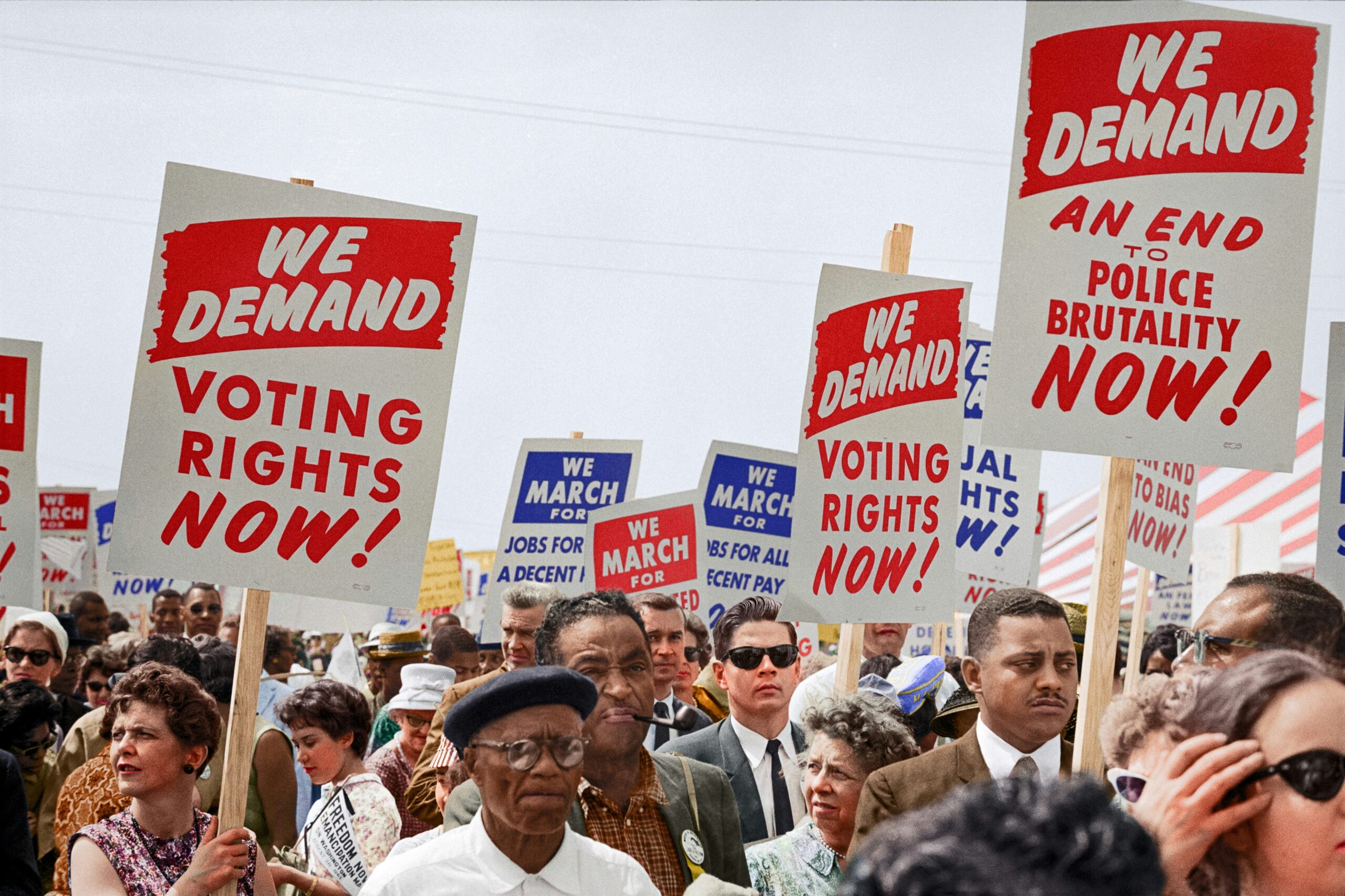
This post contains one minor spoiler for Star Wars: The Last Jedi. You have been warned!
Force Friday II saw several reveals of new merchandise related to December’s premiere of The Last Jedi. Among the new toys and games was a spoiler for Supreme Leader Snoke’s ship. According to a story published by Polygon, Snoke’s ship is named Supremacy:
The app describes the Supremacy as a Mega-class Star Destroyer, the only one of its kind. Unlike other Star Destroyers, which are elongated and dagger-like, the Supremacy is far wider than it is long, cutting through space like a bird of prey.
The dreadnought’s wingspan is 60 kilometers, making it a whopping 41 kilometers larger than Darth Vader’s Super Star Destroyer the Executor, which appeared in The Empire Strikes Back and Return of the Jedi. In terms of real-world comparisons, the Supremacy is nearly three times the length of the island of Manhattan.
Star Wars is no stranger to absurdly large ships, even in the original trilogy- Polygon’s article mentions the size of the Executor, and both Death Stars were moon-sized battle stations. The problem with the Supremacy, and Disney’s approach to the Star Wars film franchise in general, is not its sheer size, but the way that the reliance on making things bigger reveals the lack of creativity at work in the new films.
This is not to say that making things bigger is not an effective means of storytelling. When done well, it has a powerful effect on an audience. Let’s begin with the original Star Destroyer, and the way both the Empire and the Rebellion are introduced to us in A New Hope. Watch the opening scene of the movie:
https://www.youtube.com/watch?v=yHfLyMAHrQE#t=2m0s
The visual of a tiny rebel blockade runner being chased by a massive Star Destroyer sets the tone and the stakes of the struggle instantly in the first twenty seconds of the film. Our heroes are up against a mighty foe with far more power and resources than they can muster. This is not a battle between equals, and the comparative size of the ships communicates that more effectively than any line of exposition could.
What also makes the scene so effective is its novelty. You can only repeat this visual trick once, and the original trilogy does so to great effect in the Imperial fleet scene in The Empire Strikes Back:
https://www.youtube.com/watch?v=fjWxTbVI0cw#t+1m25s
This scene works, despite being visually similar to the opening of A New Hope, because it sets out to accomplish a different task. Whereas the opening of A New Hope communicates to the viewer the advantage the Empire has over the Rebellion, the introduction of the Executor shows the viewer how Darth Vader has come to overshadow the Empire itself, both literally and figuratively. He is no longer Grand Moff Tarkin’s enforcer, but now one of the most feared men in the galaxy by both rebels and Imperial officers alike. His ship is the visual representation of his status.
Which brings us to the Mega Star Destroyer. Of course, without seeing the movie, it’s impossible to say what the visual of the Supremacy “cutting through space” will communicate to the audience. What concerns me though is the impulse of the creatives and executives behind the recent Star Wars movies to simply make things bigger, as if size and power are compelling without context. Han Solo unintentionally lampshaded this problem in the ward room scene of The Force Awakens:
Exactly, Han. It’s bigger. So what?
It feels like the people who are responsible for these films can’t think of a way to communicate the threat of the First Order without falling back on the simplest, overused trick of making the threat physically larger. Bigger Death Star -excuse me, Starkiller Base-, bigger Star Destroyer, bigger Snoke (which may be the most ridiculous use of size to convey menace in the entire franchise). It represents a lack of imagination which has permeated Disney’s recent Star Wars movies.
However, far more concerning than the lack of creativity giving Snoke a really big ship represents is the lack of creativity with which these movies have been conceptualized and produced. The issues of The Force Awakens (and Rogue One) have been well–documented, and I won’t rehash them here. Instead, let’s consider what a letdown the very idea of a young Han Solo movie is. Put aside the production issues, the recastings and reshoots, or the genuinely crappy loss of Michael K. Williams in the film. Just think about the vastness of the Star Wars universe, the depth of Expanded Universe material which could have been appropriated and introduced into the canon universe, or the opportunity to do something completely new. With an almost endless amount of possibilities, Disney came down on a movie which stars a character featured heavily in FOUR out of the seven episodes. To call that disappointing is an understatement.
More importantly though: where is the story for Han Solo? Han Solo’s character arc occurred in A New Hope (which is why, no matter what anyone tells you, it absolutely DOES matter that Han shot first). Any character development which takes place before that chronologically runs the risk of undercutting Han’s excellent arc in A New Hope even more than the Special Edition did. The alternative is to have a fairly static Han Solo just doing awesome stuff, which is a direction the movie could go in I suppose, but not a particularly interesting one. If the minds at Disney were hell-bent on returning to the scoundrel well, Lando Calrissian is a much better candidate for that kind of prequel exploration. He was the same kind of devil-may-care character in the past as Han, when he lost the Millennium Falcon to him. Yet something changed for him in the intervening years, because by the time we meet him in The Empire Strikes Back, he’s not only changed his ways but accepted the responsibility of protecting the lives of everyone who lives in Cloud City. That would be a fascinating transition to watch in a movie.
Alas, the powers that be at Disney don’t appear to have the creative courage to push outside of a narrow set of boundaries which they have imposed on themselves. The results are movies that are okay instead of good, ships that are big instead of menacing, and potential that is wasted instead of realized.











